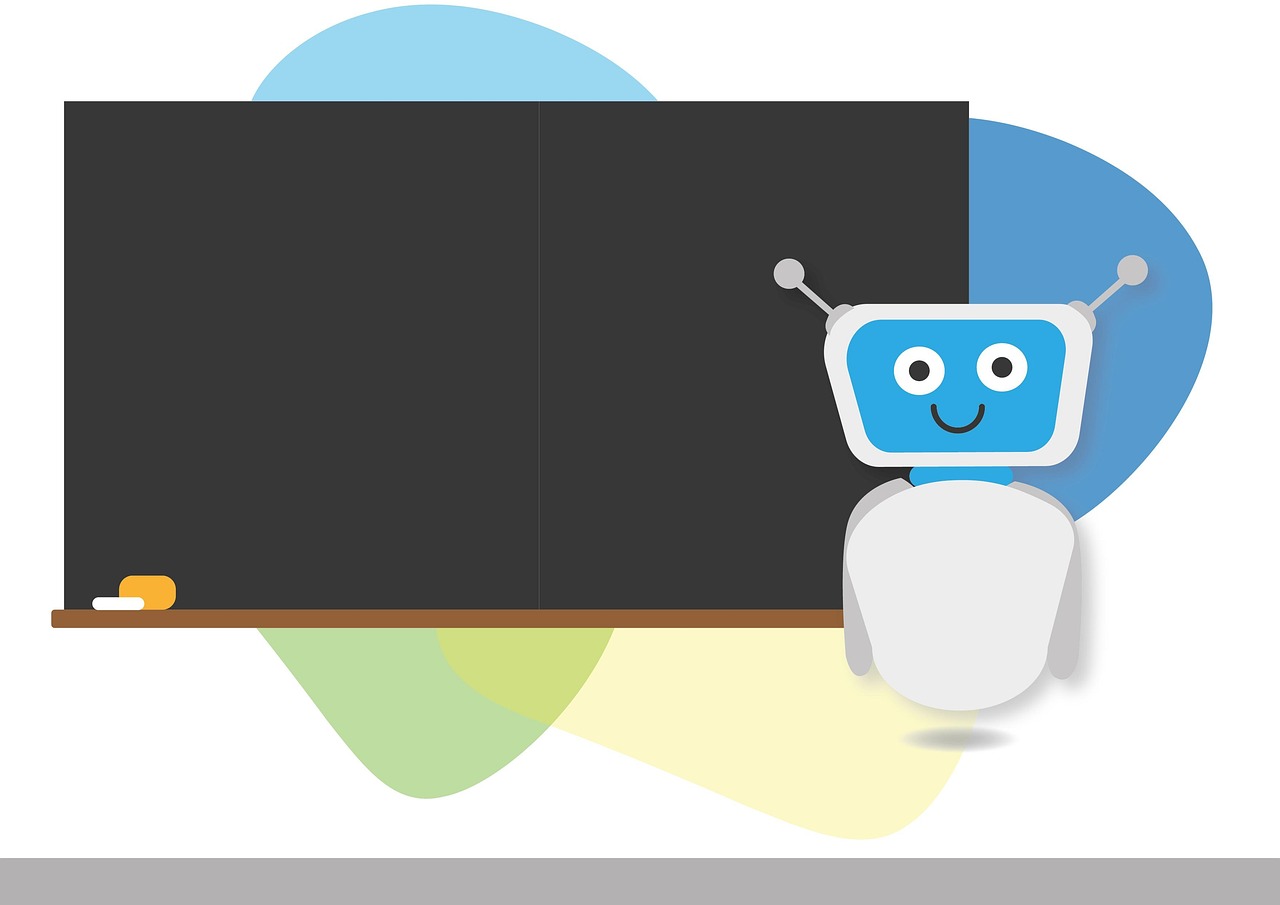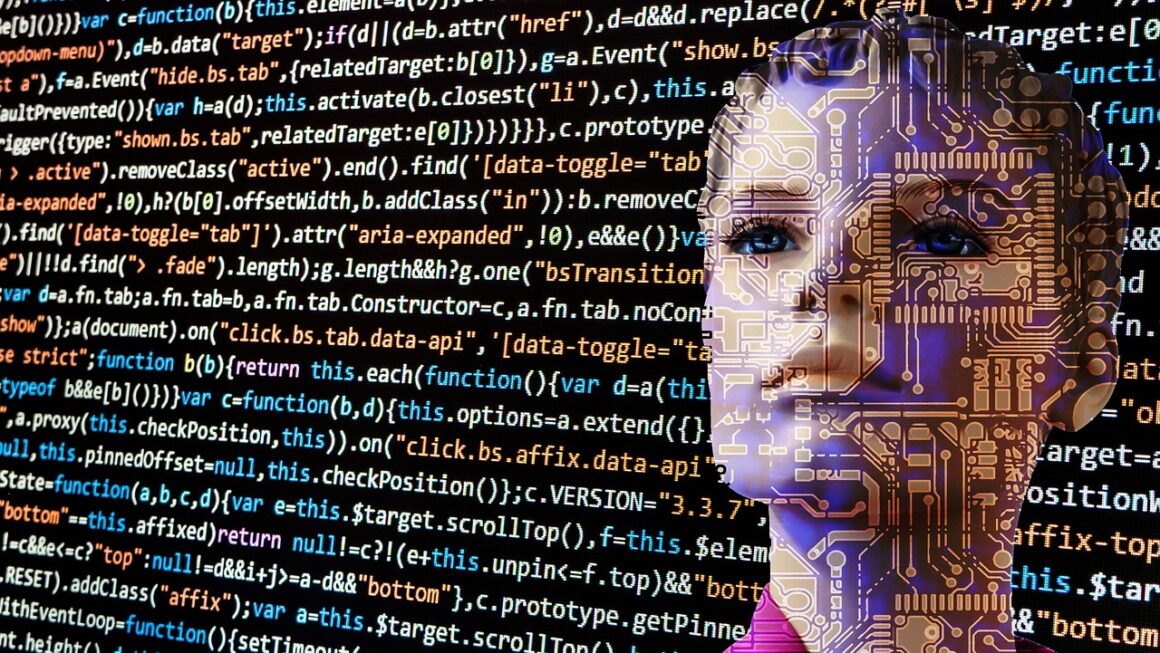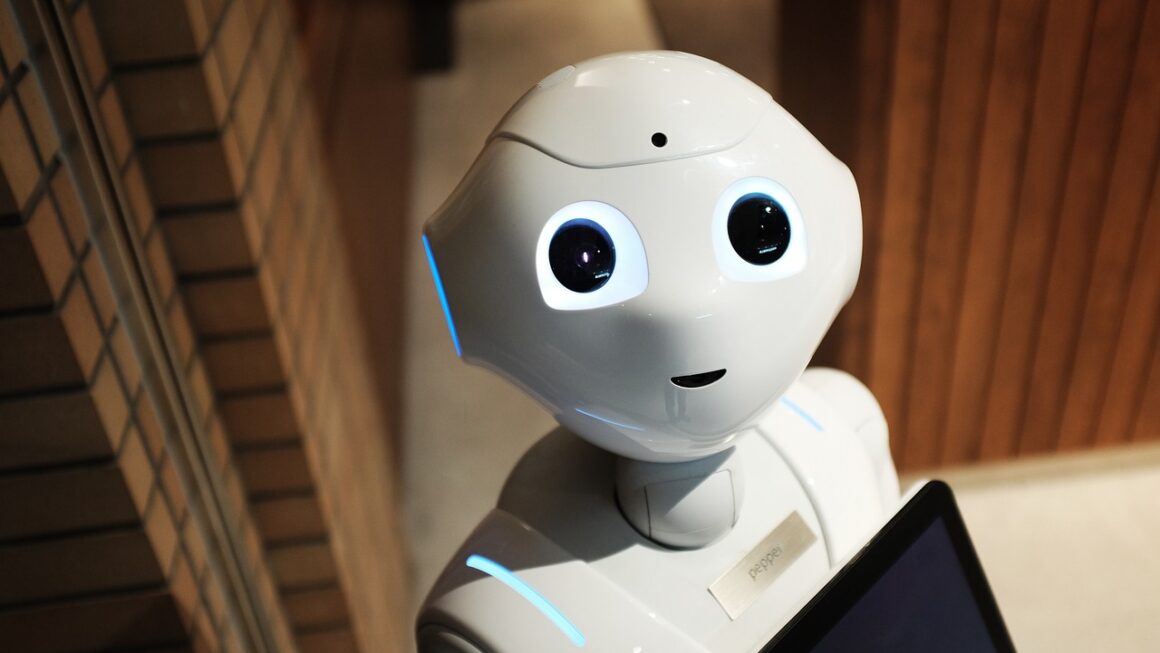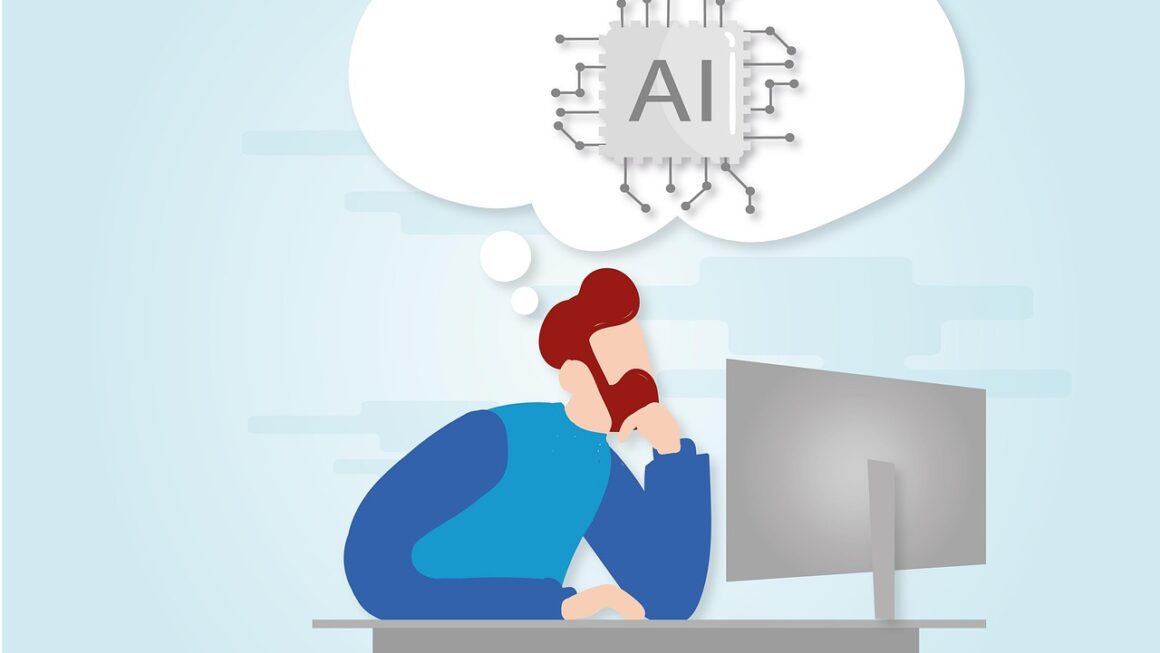Artificial intelligence (AI) is rapidly transforming our world, impacting everything from how we work and communicate to how we solve complex problems. The future of AI promises even more profound changes, with potential benefits and challenges that are essential to understand. This blog post will delve into the exciting prospects and potential pitfalls that lie ahead as AI continues its relentless evolution.
The Expanding Reach of AI: Current Trends and Future Projections
Current AI Applications Across Industries
AI is no longer a futuristic concept; it’s a present-day reality integrated into various sectors:
- Healthcare: AI-powered diagnostics, personalized medicine, and robotic surgery are improving patient outcomes. IBM Watson Oncology, for example, assists doctors in making treatment decisions by analyzing medical literature and patient data.
- Finance: Fraud detection, algorithmic trading, and personalized financial advice are leveraging AI to enhance efficiency and security. AI algorithms can detect unusual transaction patterns that humans might miss.
- Manufacturing: AI-driven automation, predictive maintenance, and quality control are optimizing production processes. For example, AI can analyze sensor data from machinery to predict potential failures, allowing for proactive maintenance.
- Transportation: Self-driving cars, optimized logistics, and intelligent traffic management are poised to revolutionize how we move people and goods. Waymo and Tesla are leading the charge in autonomous driving technology.
- Retail: Personalized recommendations, chatbots, and automated inventory management are enhancing the customer experience. Amazon uses AI to personalize product recommendations based on browsing history and purchase behavior.
Projecting Future Growth and Integration
Industry analysts predict exponential growth in the AI market. For example, a recent report by Gartner projects that the global AI software market will reach $62.5 billion in 2022, an increase of 21.3% from 2021. Looking ahead, we can expect to see:
- Increased Automation: More routine tasks across industries will be automated, potentially leading to increased productivity but also requiring workforce adaptation.
- Hyper-Personalization: AI will enable even more personalized experiences in areas like marketing, education, and entertainment.
- AI-Powered Discovery: AI will accelerate scientific discoveries by analyzing vast datasets and identifying patterns that humans might overlook. This has already been seen in drug discovery.
- Ubiquitous AI Assistants: AI assistants will become more sophisticated and integrated into our daily lives, helping us manage our schedules, access information, and control our homes.
The Technological Advancements Driving AI’s Future
Machine Learning: The Engine of Progress
Machine learning (ML) is a core component of AI, enabling systems to learn from data without explicit programming. Advances in ML are crucial for AI’s continued development:
- Deep Learning: Neural networks with multiple layers (deep learning) are achieving impressive results in areas like image recognition and natural language processing.
- Reinforcement Learning: This technique allows AI agents to learn through trial and error, enabling them to master complex tasks like playing games and controlling robots.
- Generative Adversarial Networks (GANs): GANs are used to generate realistic synthetic data, which can be used for training other AI models or for creating new content.
Natural Language Processing (NLP): Bridging the Communication Gap
NLP allows computers to understand and process human language. Key advancements include:
- Improved Language Understanding: AI systems are becoming better at understanding the nuances of human language, including sentiment, context, and intent.
- More Natural Chatbots: Chatbots are becoming more conversational and human-like, providing better customer service and support.
- Automated Content Generation: AI is being used to generate text for various purposes, such as writing articles, creating marketing copy, and summarizing documents.
Computer Vision: Giving AI the Power of Sight
Computer vision enables AI systems to “see” and interpret images and videos. Recent developments are:
- Enhanced Object Recognition: AI systems can now accurately identify and classify objects in images and videos, even in challenging conditions.
- Facial Recognition: Facial recognition technology is being used for security, authentication, and personalized experiences. However, it also raises privacy concerns.
- Autonomous Navigation: Computer vision is crucial for self-driving cars and robots, enabling them to navigate their surroundings safely.
The Ethical and Societal Implications of AI
Addressing Bias and Fairness
AI algorithms can inherit biases from the data they are trained on, leading to unfair or discriminatory outcomes. It is vital to:
- Identify and Mitigate Bias: Develop techniques for detecting and mitigating bias in AI models. This includes using diverse datasets and carefully evaluating model performance across different demographic groups.
- Promote Transparency: Make AI algorithms more transparent and explainable, so that users can understand how they work and why they make certain decisions.
- Establish Ethical Guidelines: Create ethical guidelines for the development and deployment of AI, ensuring that it is used in a responsible and equitable manner.
The Impact on Employment
AI-driven automation has the potential to displace workers in various industries. To mitigate this:
- Invest in Education and Training: Provide workers with the skills they need to adapt to the changing job market.
- Explore New Economic Models: Consider alternative economic models, such as universal basic income, to address potential job losses due to automation.
- Focus on Human-AI Collaboration: Design AI systems that complement human skills and create new job opportunities.
Ensuring Data Privacy and Security
AI systems often rely on large amounts of data, raising concerns about privacy and security. Key considerations:
- Implement Robust Data Security Measures: Protect data from unauthorized access and breaches.
- Adhere to Privacy Regulations: Comply with privacy regulations, such as GDPR and CCPA.
- Develop Privacy-Enhancing Technologies: Use technologies that protect user privacy while still allowing AI systems to function effectively.
Preparing for an AI-Driven Future: Strategies and Recommendations
For Individuals: Skill Development and Adaptation
Individuals need to proactively prepare for the changing job market.
- Develop AI Literacy: Understand the basics of AI and how it is being used in your industry.
- Acquire In-Demand Skills: Focus on developing skills that are complementary to AI, such as critical thinking, creativity, and problem-solving.
- Embrace Lifelong Learning: Be prepared to continuously learn and adapt to new technologies throughout your career.
- Example: A marketing professional could learn about AI-powered marketing automation tools and data analytics to enhance their campaign performance.
For Businesses: Strategic AI Implementation
Businesses need to develop a strategic approach to AI adoption.
- Identify AI Opportunities: Assess your business processes and identify areas where AI can create value.
- Develop an AI Strategy: Create a clear plan for implementing AI, including goals, timelines, and resource allocation.
- Invest in AI Talent: Hire or train employees with the skills needed to develop and deploy AI solutions.
- Example: A retail company could use AI to personalize product recommendations, optimize pricing, and automate inventory management.
For Policymakers: Creating a Supportive Ecosystem
Policymakers play a crucial role in shaping the future of AI.
- Invest in AI Research and Development: Support basic and applied research in AI.
- Promote AI Education and Training: Fund programs that educate and train workers in AI-related fields.
- Develop Ethical and Regulatory Frameworks: Create clear guidelines for the responsible development and deployment of AI.
- Example: Governments can create tax incentives for companies that invest in AI research and development.
Conclusion
The future of AI is brimming with possibilities, promising transformative changes across industries and our daily lives. However, realizing the full potential of AI requires careful consideration of its ethical and societal implications. By addressing issues such as bias, job displacement, and privacy, and by embracing proactive strategies for skill development and strategic implementation, we can navigate the AI revolution responsibly and create a future where AI benefits all of humanity.




